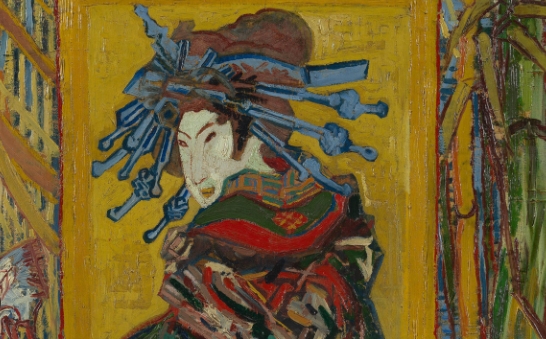Vincent van Gogh, the renowned Dutch artist, had a deep fascination with Japanese art that greatly influenced his own creative work. This interest in Japanese art played a significant role in shaping his unique style and artistic vision.
Early Exposure to Japanese Art
Van Gogh first encountered Japanese art in the mid-19th century when Japan had just opened its borders to the West. He was captivated by the vibrant colors, bold compositions, and expressive imagery found in Japanese woodblock prints, known as ukiyo-e.
Inspiration from Ukiyo-e Prints
The ukiyo-e prints had a profound impact on van Gogh’s artistic development. He admired the simplicity and elegance of Japanese art, as well as the use of unconventional perspectives and flattened forms. Van Gogh was particularly drawn to the depictions of nature, everyday life, and scenes of ordinary people in Japanese prints.
Incorporating Japanese Aesthetics
Van Gogh incorporated elements of Japanese art into his own work, such as using bold colors, dynamic compositions, and stylized forms. He also adopted the Japanese practice of using empty space in his paintings to create a sense of depth and perspective.
Van Gogh’s Collection of Japanese Prints
Van Gogh amassed a collection of over 600 Japanese prints during his lifetime, which he used as a source of inspiration and study. These prints served as a visual reference for van Gogh, influencing his use of color, composition, and subject matter in his own paintings.
Legacy of Japanese Influence
Van Gogh’s fascination with Japanese art left a lasting legacy on his work and the art world as a whole. His unique fusion of Western and Eastern aesthetics helped to shape the development of modern art and continues to inspire artists to this day.
In conclusion, Vincent van Gogh’s fascination with Japanese art was a driving force behind his innovative artistic vision. By studying and incorporating elements of Japanese aesthetics into his own work, van Gogh was able to create a style that was truly ahead of its time. His appreciation for Japanese art serves as a testament to the global influence and cross-cultural exchange that continues to shape the world of art.


